Denise Shelton was one of hundreds of Anchorage-area voters who waited in the snow Thursday to cast their ballots.
Shelton, an East Anchorage resident, waited in line for 25 minutes as the snow came down outside the Division of Elections office on Gambell Street.
Shelton said she preferred voting early to sending in an absentee ballot by mail. She wanted to vote before Election Day to avoid the Tuesday post-work rush at the polling place.
The weather Thursday wasn’t great, but who knows — it could be worse on Tuesday, she said.
Shelton is one of 45,847 Alaskans who had cast their ballots as of Wednesday at one of a dozen early voting locations across the state — two each in Anchorage and Juneau, and one each in Eagle River, Fairbanks, Wasilla, Palmer, Nome, Soldotna, Kenai and Homer.
Early voting is on track to break state records that were set in 2020, said Division of Elections Regional Director Jeff Congdon, who oversees the Anchorage office. Typically, he said, early voting begins with a rush of excited voters but then tapers off as Election Day nears.
“This year, it hasn’t really tapered off,” said Congdon. “We’ve had many many days in a row where the lines are over an hour.”
Early and absentee voting increased in popularity across the country and in Alaska in 2020, when elections were held amid the COVID-19 pandemic-era restrictions. Now, the Alaska Republican Party — which has in the past discouraged voting methods other than same-day in-person ballots — is embracing early voting, with early ballots coming disproportionately from registered Republicans.
But early voting is not distributed equally across the state. Only voters in 10 communities — or those who happen to visit those communities ahead of Election Day — can vote early. In other communities, voters can cast absentee-in-person ballots that are counted similarly to ballots received by mail.
That means that in House Districts covering Homer, Kenai, Soldotna, Eagle River, Palmer and Juneau — early voting is soaring, with turnout already exceeding 10% in some House districts. But in communities that don’t have road access to an early voting location, like Ketchikan, Kodiak, Bethel, Utqiagvik and Kotzebue — the number of early voters is counted in single digits or dozens.
As of Wednesday, only five early votes came from Alaskans who reside in Bethel and the surrounding House district; and eight votes came from the House district covering the North Slope and Northwest Arctic. The only early voting location serving the area was in Nome — a place that is hundreds of miles and multiple plane rides away from voters in those communities.
Meanwhile, in three House districts covering most of the Kenai Peninsula, where there are early voting places in Homer, Kenai and Soldotna, 6,836 people had voted early.
‘Where else is something like that acceptable?’
Division of Elections Director Carol Beecher declined an interview request. She said that absentee-in-person locations make up for the lack of early voting locations in rural parts of the state.
According to the Division of Elections’ tally from Tuesday — a week before Election Day — 71,897 Alaskans had received or submitted absentee ballots. Of those, fewer than 2,600 had been submitted and tallied at in-person locations. A total of 27,330 absentee ballots had been received by the division through all methods, including mail.
“Early voting is limited to a few locations due to the requirements for access directly to the Voter Registration System. We are required to have them at the regional offices, and we have a few more in other locations. All other locations can have absentee in-person voting two weeks ahead, if they agree to hosting it in their locations,” Beecher said in an email.
Regional Division of Elections offices are located in Juneau, Anchorage, Fairbanks, Nome, Wasilla and Kenai. Beecher did not explain why some communities without such offices — including Homer, Palmer, Eagle River and Soldotna — had been given access to early voting, while other hub communities without access to the road system had not.
The discrepancy in early voting access could have far-reaching consequences for Alaska’s statewide election. In Alaska’s highly competitive congressional race, Democratic incumbent Rep. Mary Peltola is heavily favored by rural voters, while her Republican challenger Nick Begich is favored in conservative-leaning communities such as Wasilla, Palmer and Soldotna.
In-person absentee voting locations are meant to provide an alternative to early voting, but early data indicates they are underutilized in some rural communities. In House District 40, where a pivotal state House race could determine control of the chamber, only one Kotzebue resident’s absentee-in-person ballot had been received as of Tuesday. In House District 37, which covers Bristol Bay and the Aleutian Chain, only one voter — from King Salmon — had cast an absentee ballot in person. In House District 38, no in-person absentee ballots had been counted as of Tuesday.
According to the Division of Elections, absentee in-person voting locations are available in some rural villages — but not all. In House District 40, there are absentee-in-person locations in Utqiagvik, Kotzebue, Kivalina, Noorvik, Wainwright, Deering and Prudhoe Bay. That leaves Alaska residents in some villages with two options — cast a ballot by mail, despite a history of spotty service and delays, or wait for Election Day, which has its own history of unreliable staffing in some locations, including in the August primary, when some polling locations didn’t open on time.
Michelle Sparck, director of Get Out the Native Vote, a statewide nonprofit voter education organization, said Wednesday that her goal is to eventually have an in-person early voting opportunity in every rural district, including through early absentee voting. But the state offers poll workers only $100 in compensation for volunteering two weeks at the polling location, making it difficult for villages to find willing election workers, Sparck said.
Jeremiah Angusuc, the Nome-based Division of Elections regional director, said in a brief phone interview Wednesday that there are “no concerns for me at this time in my region” with regard to staffing polling places on Election Day.
Robyn Burke, an Utqiagvik Democrat running to represent House District 40, said Wednesday that she had cast an absentee-in-person ballot on Tuesday in Utqiagvik. According to records she saw at the polling place, only 14 other people had done so.
She said that on the first day of early in-person voting, which began Oct. 21, her sister had attempted to cast an absentee ballot in Utqiagvik, only to find that the borough building, where early voting was meant to take place, was closed.
“Where else is something like that acceptable outside of rural Alaska?” said Burke. “Even in the most rural communities anywhere else in the country, there would be an uproar.”
Burke is running against Republican-turned-independent incumbent Rep. Thomas Baker of Utqiagvik, and Democrat Saima Chase of Kotzebue. The outcome of the race could prove pivotal for control of the Alaska House next year. Burke said that if some polling places on the North Slope don’t open on Election Day — the result of the race could change.
Sparck said Wednesday that her organization had trained 13 election workers that will be ready to deploy on Election Day if needed in rural communities, in case poll workers don’t show up.
“We can’t apologize for trying to be strategic and trying to be prepared, even if it steps on some protocol,” said Sparck.
But a last-minute staffing shortage could be hard to fill, said Burke. There is only one regularly scheduled flight from Anchorage to Utqiagvik, and it arrives after the regularly scheduled flights from Utqiagvik to outlying villages depart.
• • •

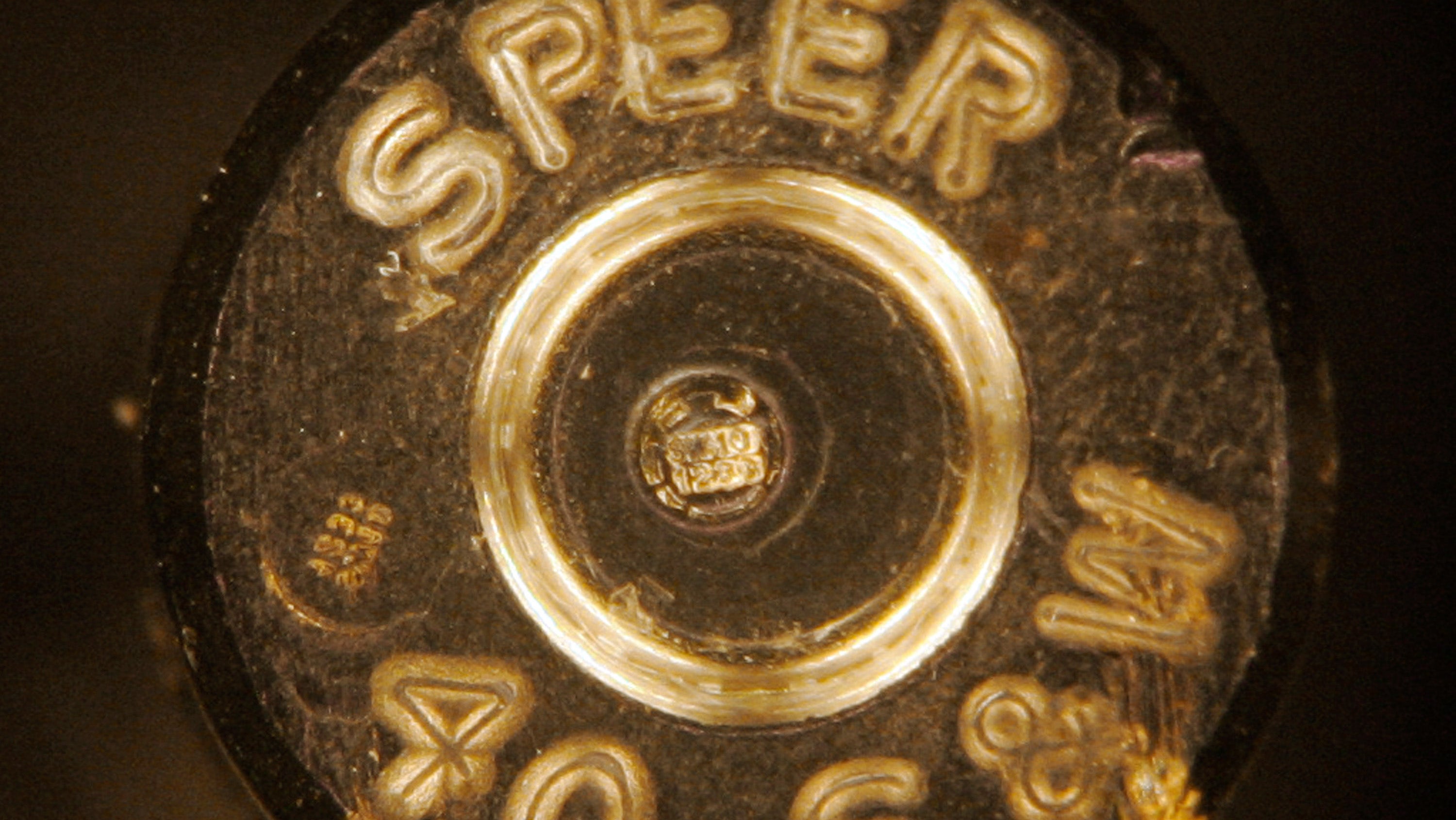
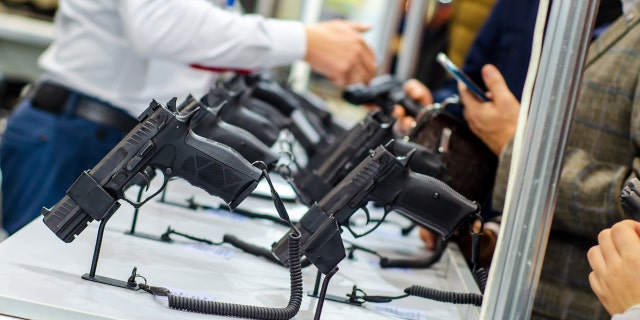
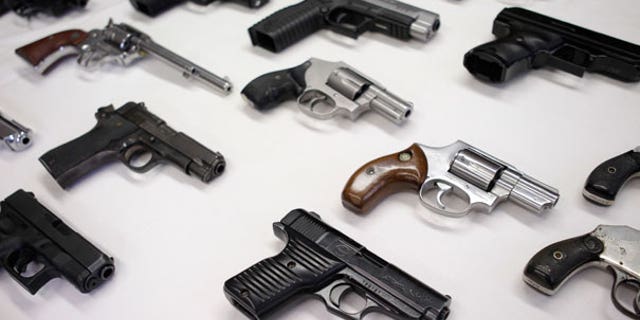
:quality(70)/cloudfront-us-east-1.images.arcpublishing.com/adn/NOHBZFQOBZEVNBXBPRXSXDU54M.JPG)
:quality(70)/cloudfront-us-east-1.images.arcpublishing.com/adn/7ZWD6O6XYNGQ3J6KTSGUL5O5SM.JPG)
:quality(70)/cloudfront-us-east-1.images.arcpublishing.com/adn/CRR7HLOAW5B4NITW7HQNRMRSFI.JPG)





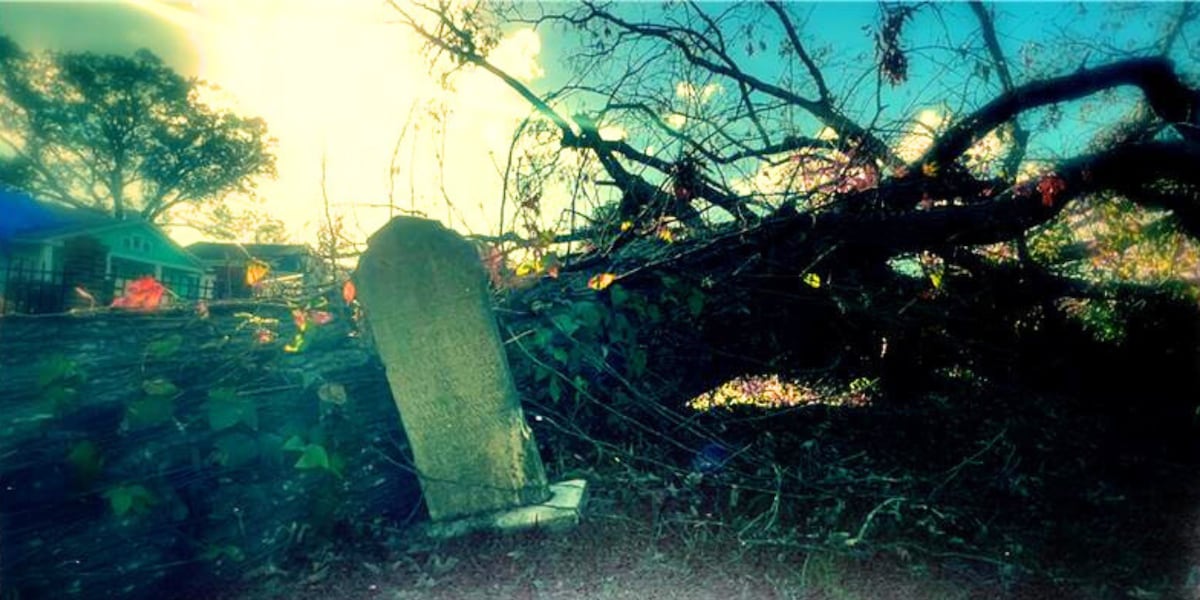






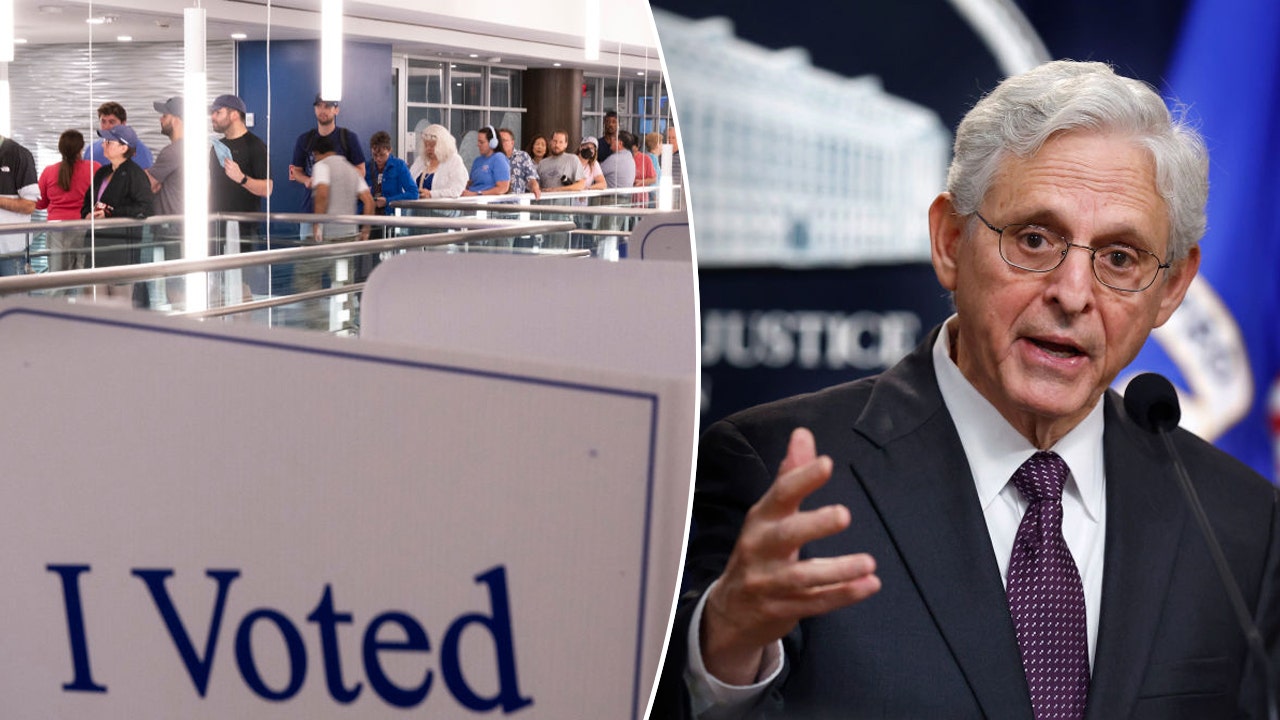

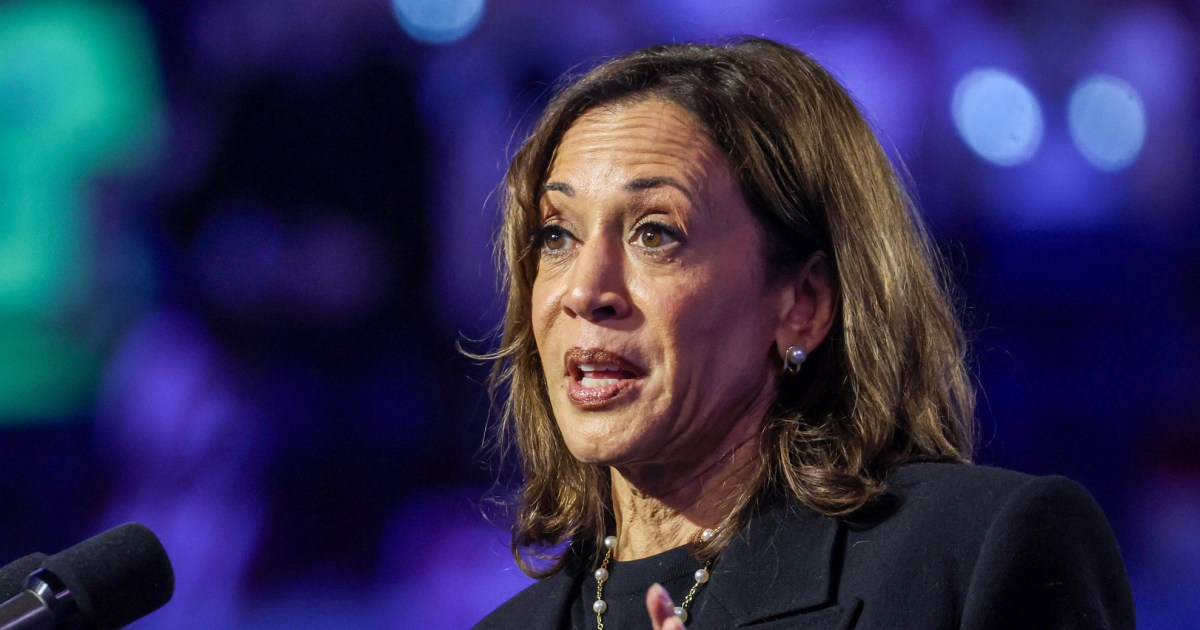

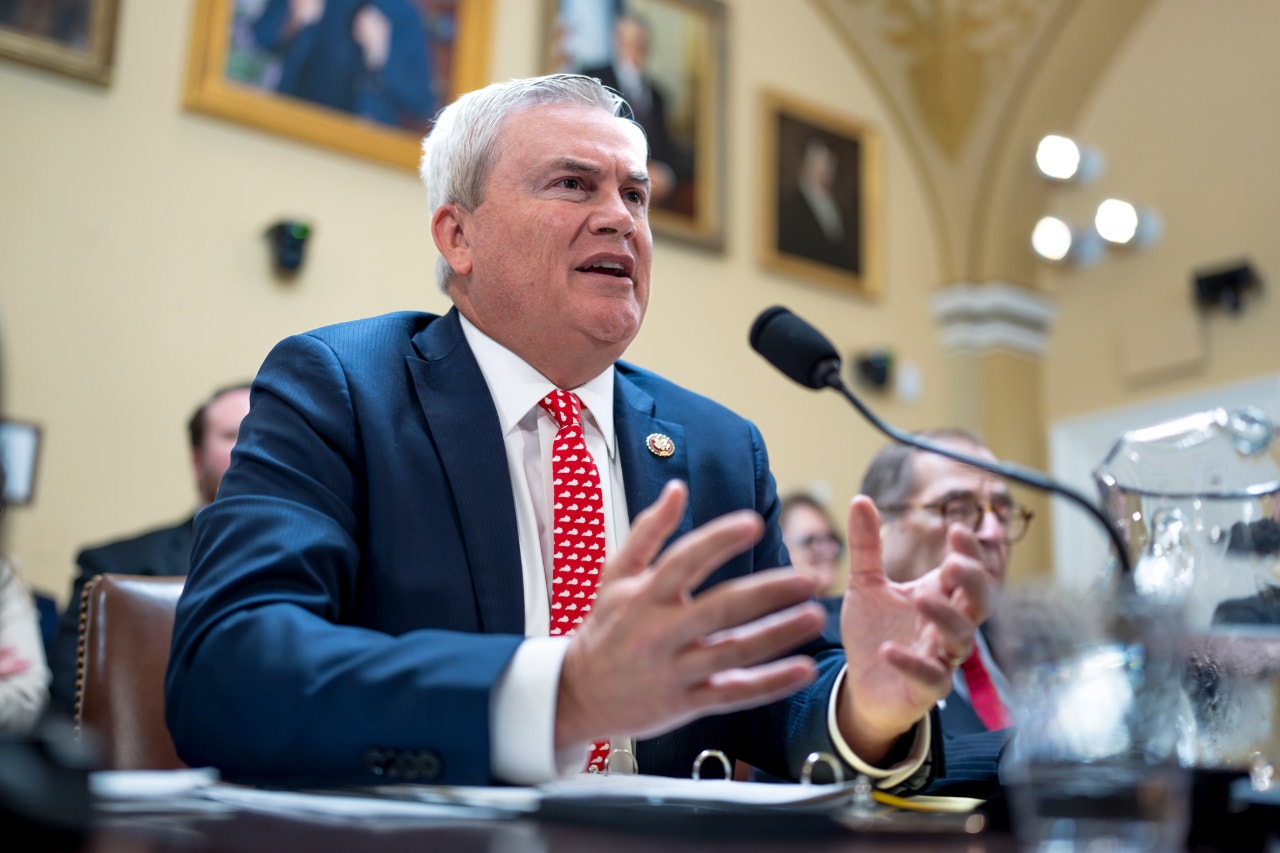

/cdn.vox-cdn.com/uploads/chorus_asset/file/25431700/STK201_SAM_ALTMAN_CVIRGINIA_A.jpg)





